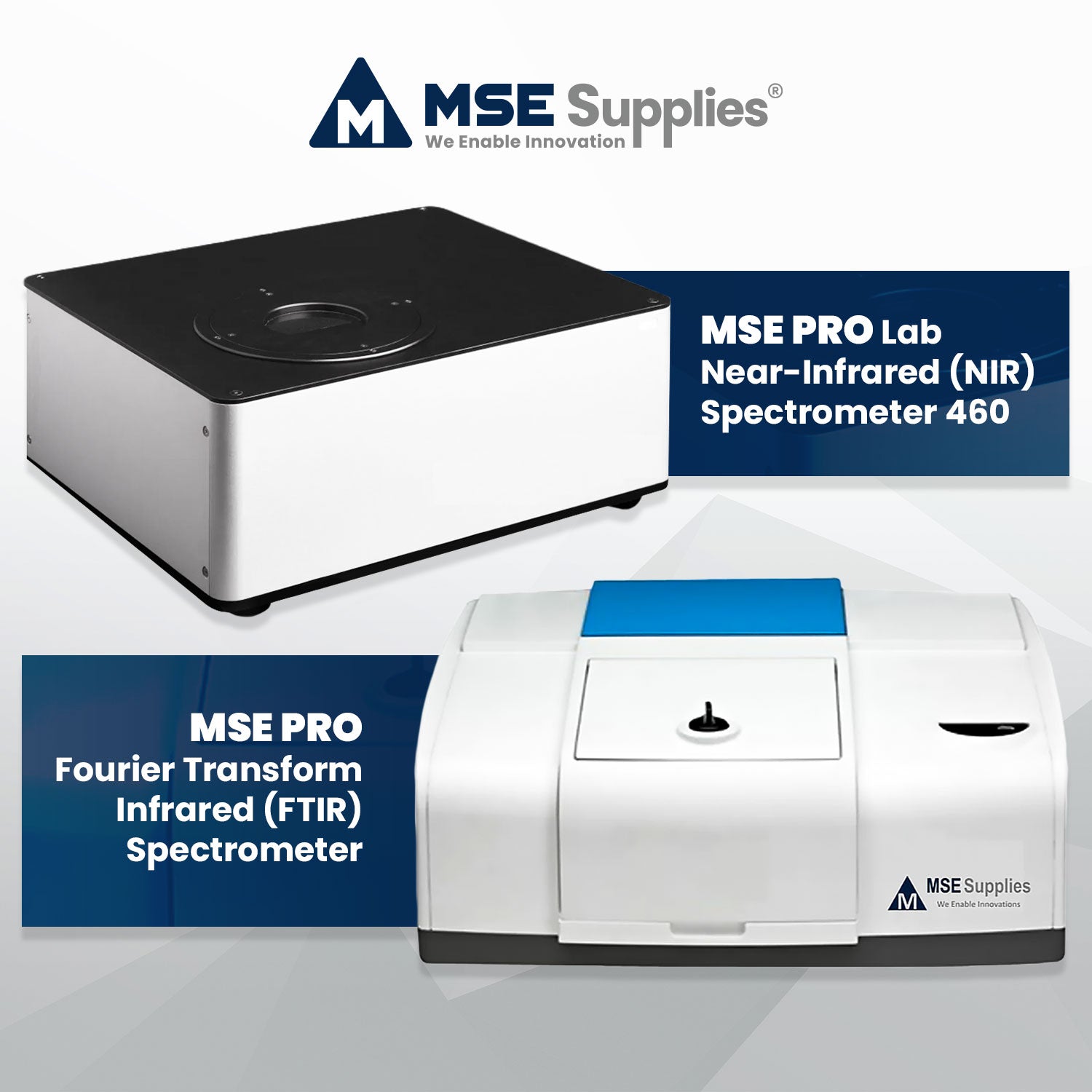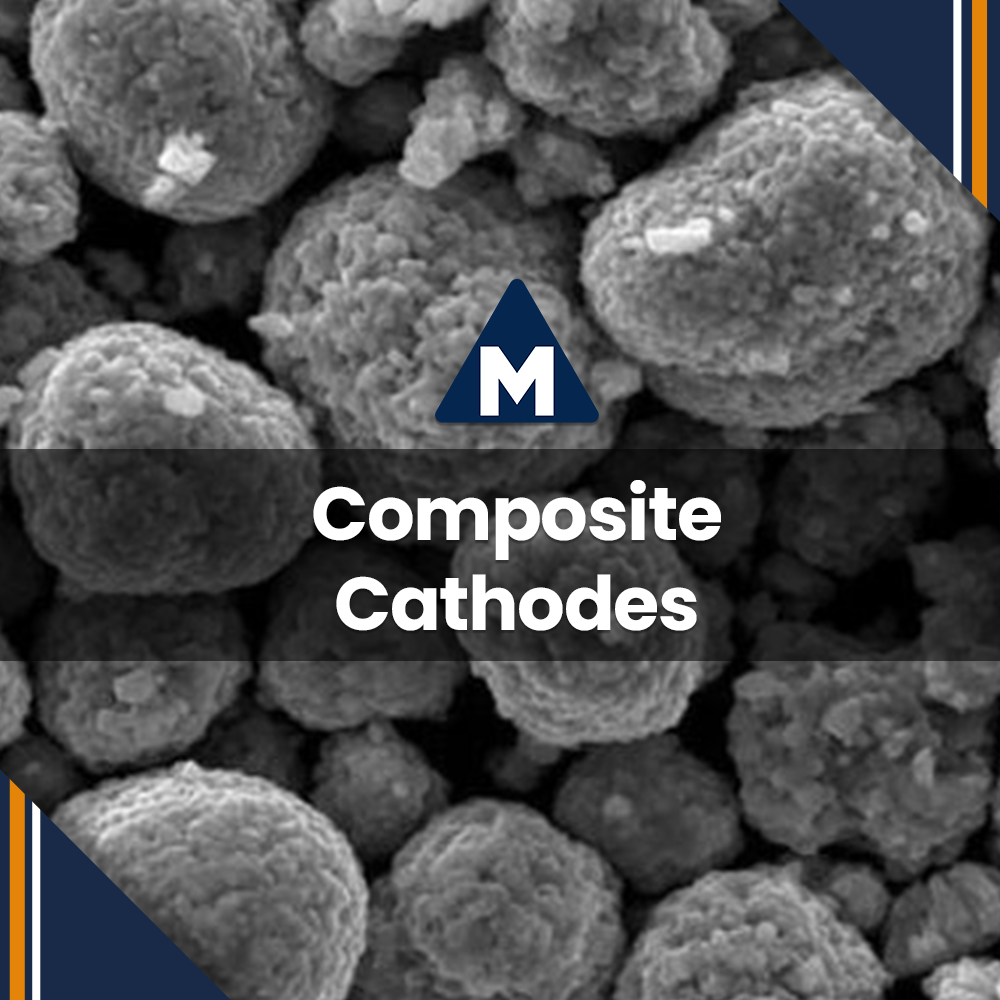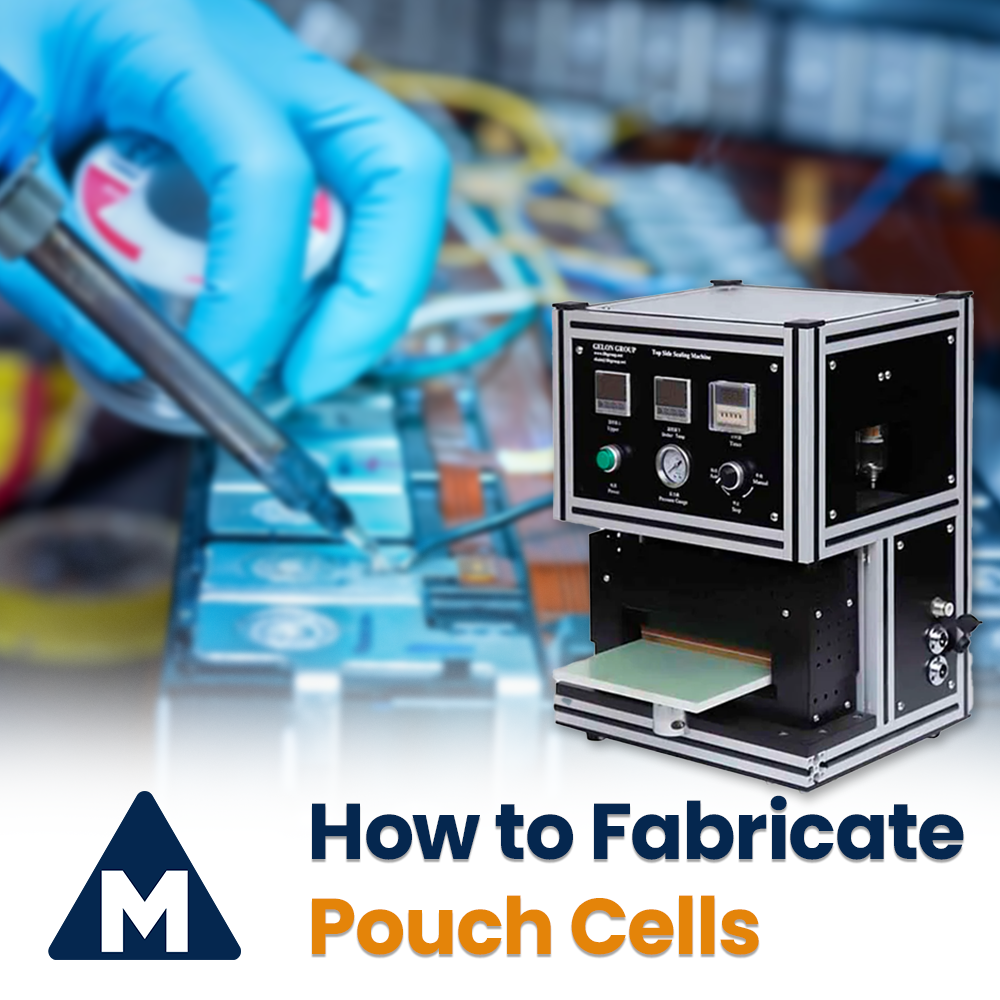Cover Story on Nature: Atomic Doping in Nanometer-Scale Crystals
Posted by MSE Supplies on

The Nature magazine featured this materials science research on its cover page of the 27 August, 2015 issue.
A group of scientists from the University of Pennsylvania in Philadelphia, PA reported their recent work on the doping of materials at the nanocrystal scale to demonstrate how the physical and chemical properties of nano materials can be engineered at the atomic level by doping. As the authors stated, "Doping is a process in which atomic impurities are intentionally added to a host material to modify its properties. It has had a revolutionary impact in altering or introducing electronic1, 2, magnetic3,4, luminescent5, 6, and catalytic7 properties for several applications, for example in semiconductors. Here we explore and demonstrate the extension of the concept of substitutional atomic doping to nanometre-scale crystal doping, in which one nanocrystal is used to replace another to form doped self-assembled superlattices."
Rare earth chemicals are known to many researchers as excellent doping precursors to tailor the composition, microstructure and properties of synthetic materials. Much remains to be explored at the nanocrystal scale.
The Nature magazine editor commented:
"Doping — widely used in semiconductors, diluted magnetic materials and phosphors — is a process in which extraneous atoms are introduced into a host material in order to improve or create new electronic, magnetic and optical properties. Christopher Murray and colleagues introduce the concept of substitutional doping in nanocrystal superlattices, where artificial atoms (uniform nanocrystals) are used instead of atoms. They demonstrate the random incorporation of gold nanocrystals into a semiconductor (CdSe or PbSe) nanocrystal superlattice, where one nanocrystal can be replaced with another of the same size but different composition. The conductivity of the resulting material is modulated by metallic percolation pathways controlled by the density and distribution of the dopants. The use of self-assembly means that this novel technique should be widely applicable to a range of different materials and compositions."
Title: Substitutional doping in nanocrystal superlattices
Authors: Matteo Cargnello, Aaron C. Johnston-Peck, Benjamin T. Diroll, Eric Wong, Bianca Datta, Divij Damodhar, Vicky V. T. Doan-Nguyen, Andrew A. Herzing, Cherie R. Kagan & Christopher B. Murray
Affiliation: University of Pennsylvania, Philadelphia, Pennsylvania 19104, USA
Original Article including the PDF file: Nature 524, 450–453 (27 August 2015) doi:10.1038/nature14872






